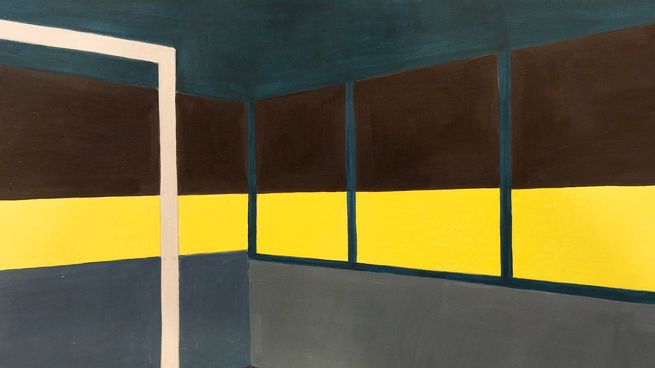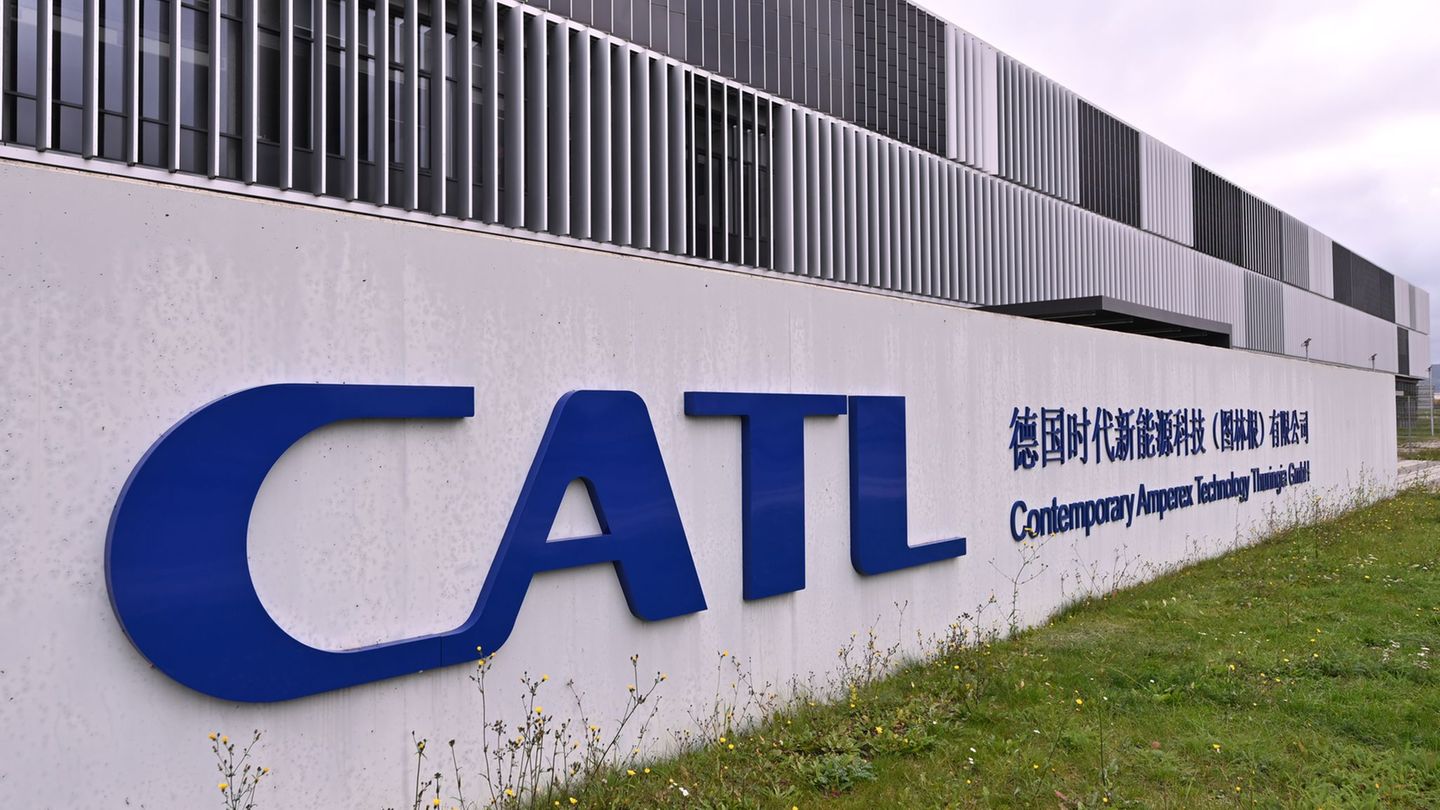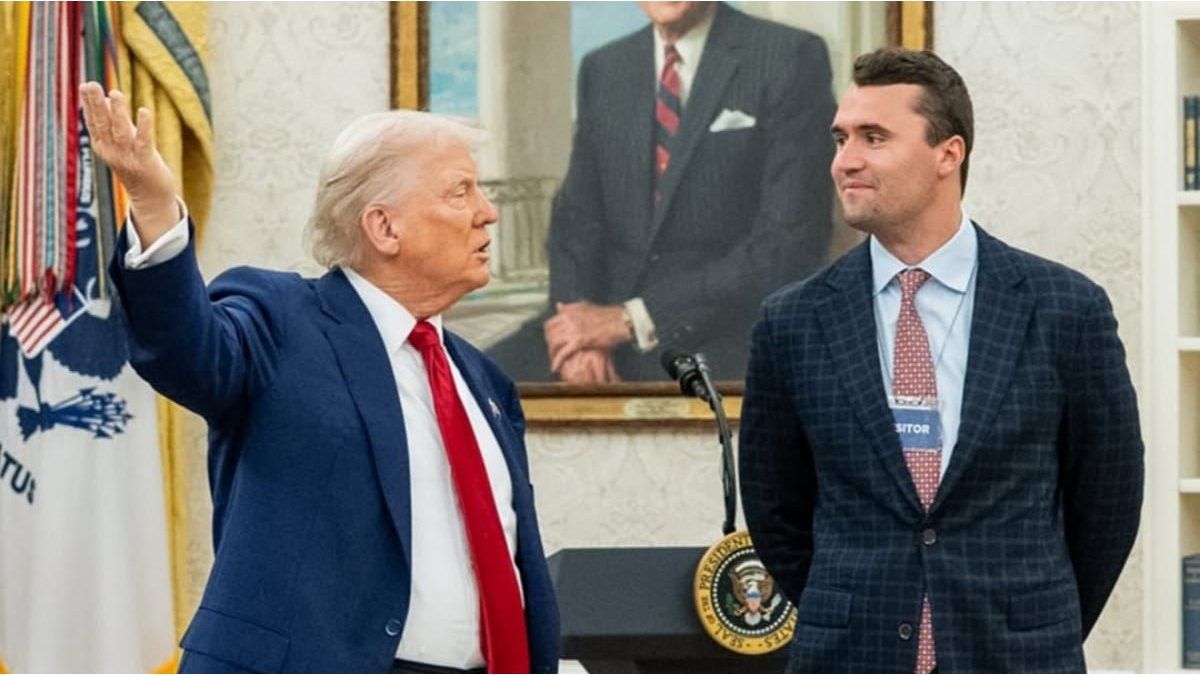The Argentine artist, winner of the Trabucco Prize awarded by the National Academy of Fine Arts, has just inaugurated the exhibition “Inhuman Painting” at Arthaus
The current sample of Leila Tschopp (Buenos Aires, 1978), “Inhuman Painting”which is exhibited at Arthaus, presents the formal rigor that characterizes it, a synthetic work enrolled in an ascetic geometry that does not remain in the mere repetition and combination of forms.
The content you want to access is exclusive to subscribers.
Along these years, Tschopp It went from frame to panel to wall. Following an exhibition at the Museum of Contemporary Art (MACBA) in 2016, the presence of inclined barrels in front of the works was surprising, that is, it had to occupy the space with unconventional elements to get away from the cliché and make room for a disturbing new speech.


Later he resorted to vertically arranged canvases that fell in folds, but the paint was always there , smooth, impeccable. As was logical, he also carried out performances with those vinyl canvases, cables and tables where the presence of a performer brought theatrical and choreographic reminiscences.
In the book dedicated to part of his work by Mariana Caesardirector of Pasaje 17, we read in a text by Hernán Borisonik that “Leila works the space as a totality… the set gains coherence with the dynamics of the gaze, which is why the choreographic path drawn by the spectators becomes shared in front of (or rather, within the work).”
Among his numerous awards he won the Trabucco Award awarded by the National Academy of Fine Arts in 2020 by “The Sea of Ice”, three acrylics trapped behind iron bars, which gave the work an air of closure. It is not the first time that Tschopp turns to the human figure which it houses among its geometries as in “Costume” (2015) that time in motion. Also in “The jump” (2012) an athlete’s body in extreme body posture was combined with its undulating geometries.
Entering his current exhibition is entering a space where his characteristic chromaticism of recent times: yellow, light blues, the color of iron and human figures, we would rather say, human forms that, according to the curator and also the author of the text, the theater director Mariana Obersztern, “they are possessed by an intense dramatic flow, which rehearse some kind of blind spot: matters of the order of discouragement and finitude, of excess or horror”.
Unattractive, heavy figures, collapsed on the floor, in a state of abandonment or asking for help in large paintings leaning against the wall. A dark exhibition, due to cold materials, a habitat that makes us think of a “dead end” from this cruel and hostile world. The architectural space is dense, oppressive, theatrical. These are the sensations that invade the viewer who feels trapped when you go through this sample that gives no respite.
(Bartolomé Mitre434. Tuesday to Sunday from 2 to 10 p.m. Closing on June 23.)
Source: Ambito
I am an author and journalist who has worked in the entertainment industry for over a decade. I currently work as a news editor at a major news website, and my focus is on covering the latest trends in entertainment. I also write occasional pieces for other outlets, and have authored two books about the entertainment industry.




